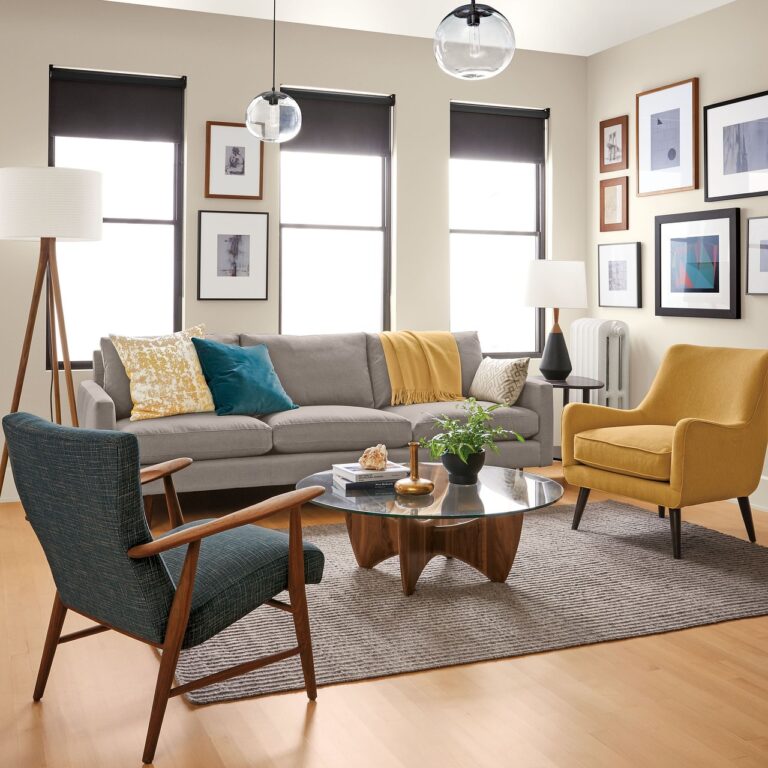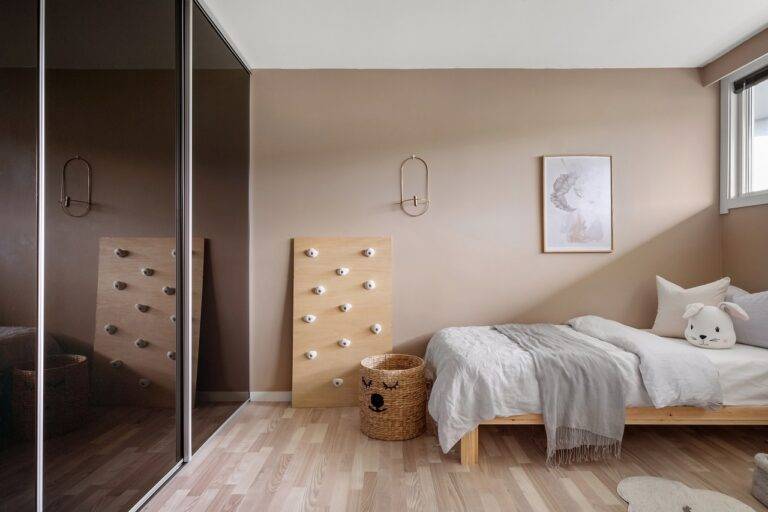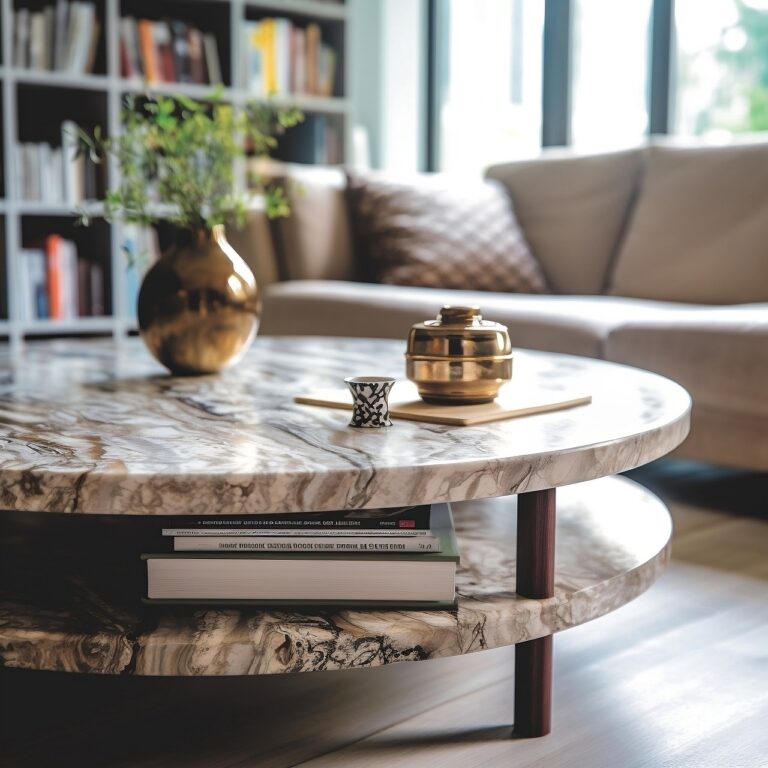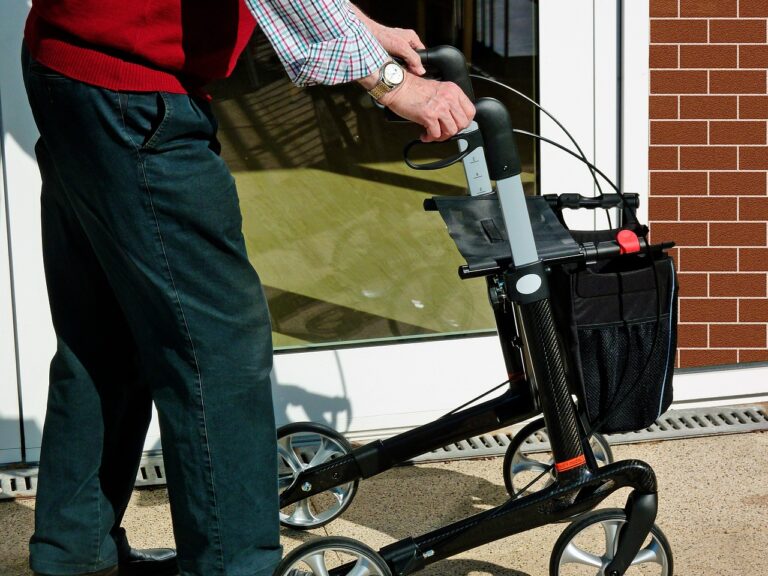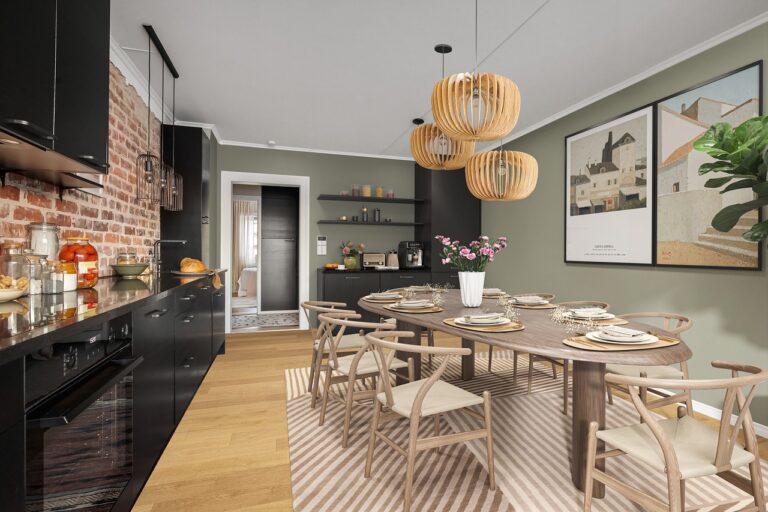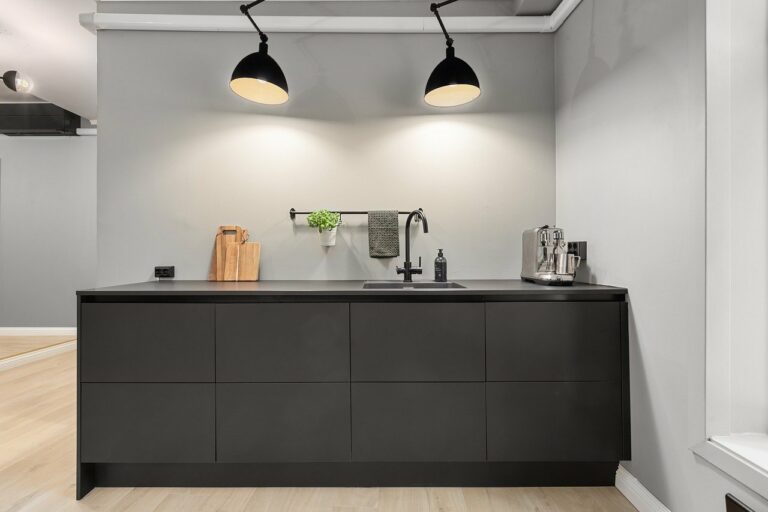Landscaping for Pollinators: Creating a Bee-Friendly Garden
Pollinators play a vital role in the health and productivity of your garden. Without them, many plant species would struggle to reproduce and thrive. Bees, butterflies, birds, and other pollinators help transfer pollen between flowers, enabling the fertilization process that leads to fruit and seed production. This process is essential for the growth of fruits, vegetables, and flowers in your garden.
In addition to helping plants reproduce, pollinators also contribute to the overall biodiversity of your garden. By attracting a diverse array of pollinators, you can create a more resilient and balanced ecosystem. This diversity can lead to increased plant health, pest control, and overall garden productivity. By supporting pollinators in your garden, you are not only benefitting your plants but also promoting a sustainable and thriving environment.
Selecting Native Plants for Your Bee-Friendly Garden
Native plants are essential for creating a flourishing bee-friendly garden. By selecting plants that are native to your region, you are providing bees with a familiar and reliable food source. Native plants have co-evolved with local pollinators, making them well-suited for supporting bee populations in your area.
When choosing native plants for your garden, consider selecting a variety of species that bloom at different times throughout the year. This will ensure a continuous source of nectar and pollen for bees. Additionally, diversity in plant species will attract a wider range of bee species, promoting a healthy and balanced ecosystem in your garden.
Providing Shelter and Nesting Sites for Bees
When creating a bee-friendly garden, it is crucial to provide shelter and nesting sites for these important pollinators. Bees require safe and suitable places to build their nests and lay eggs. Incorporating features like bee boxes, insect hotels, or even leaving patches of bare soil can offer bees the necessary shelter they need to thrive.
Additionally, providing natural materials such as dried grasses, hollow stems, or small piles of twigs can create ideal nesting spots for solitary bees. These simple yet effective elements not only support the bee population in your garden but also contribute to the overall health of the ecosystem. By prioritizing shelter and nesting sites for bees, you are not only enhancing the beauty of your garden but also playing a vital role in conserving these essential pollinators.
• Bee boxes and insect hotels can provide shelter for bees to build nests
• Leaving patches of bare soil offers bees suitable nesting sites
• Natural materials like dried grasses, hollow stems, and twigs create ideal spots for solitary bees to nest
• Prioritizing shelter and nesting sites for bees contributes to the health of the ecosystem
Why are pollinators important in my garden?
Pollinators, such as bees, play a crucial role in the pollination of plants, which is necessary for the production of fruits, vegetables, and seeds. By attracting pollinators to your garden, you can increase the yield of your crops and promote biodiversity.
How can I select native plants for my bee-friendly garden?
When selecting plants for your garden, choose native species that are adapted to your local climate and soil conditions. Native plants are more likely to attract native bees and other pollinators, as they have evolved together over time.
What are some ways to provide shelter and nesting sites for bees in my garden?
You can provide shelter and nesting sites for bees in your garden by incorporating features such as bee hotels, nesting blocks, and undisturbed areas of soil or vegetation. These structures provide safe spaces for bees to lay their eggs and protect their offspring.


